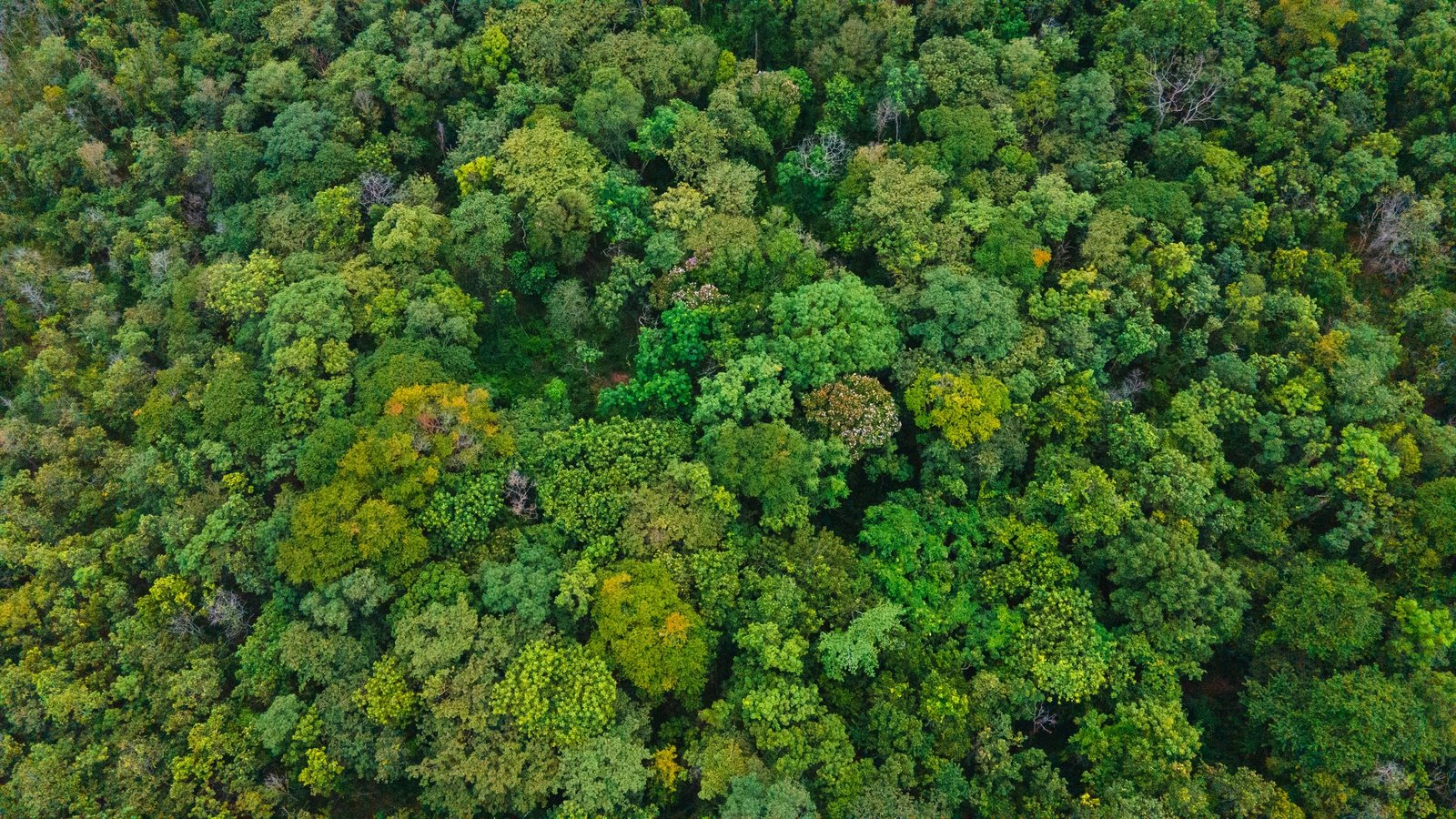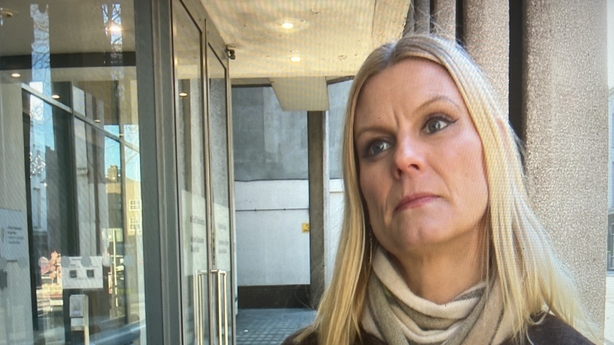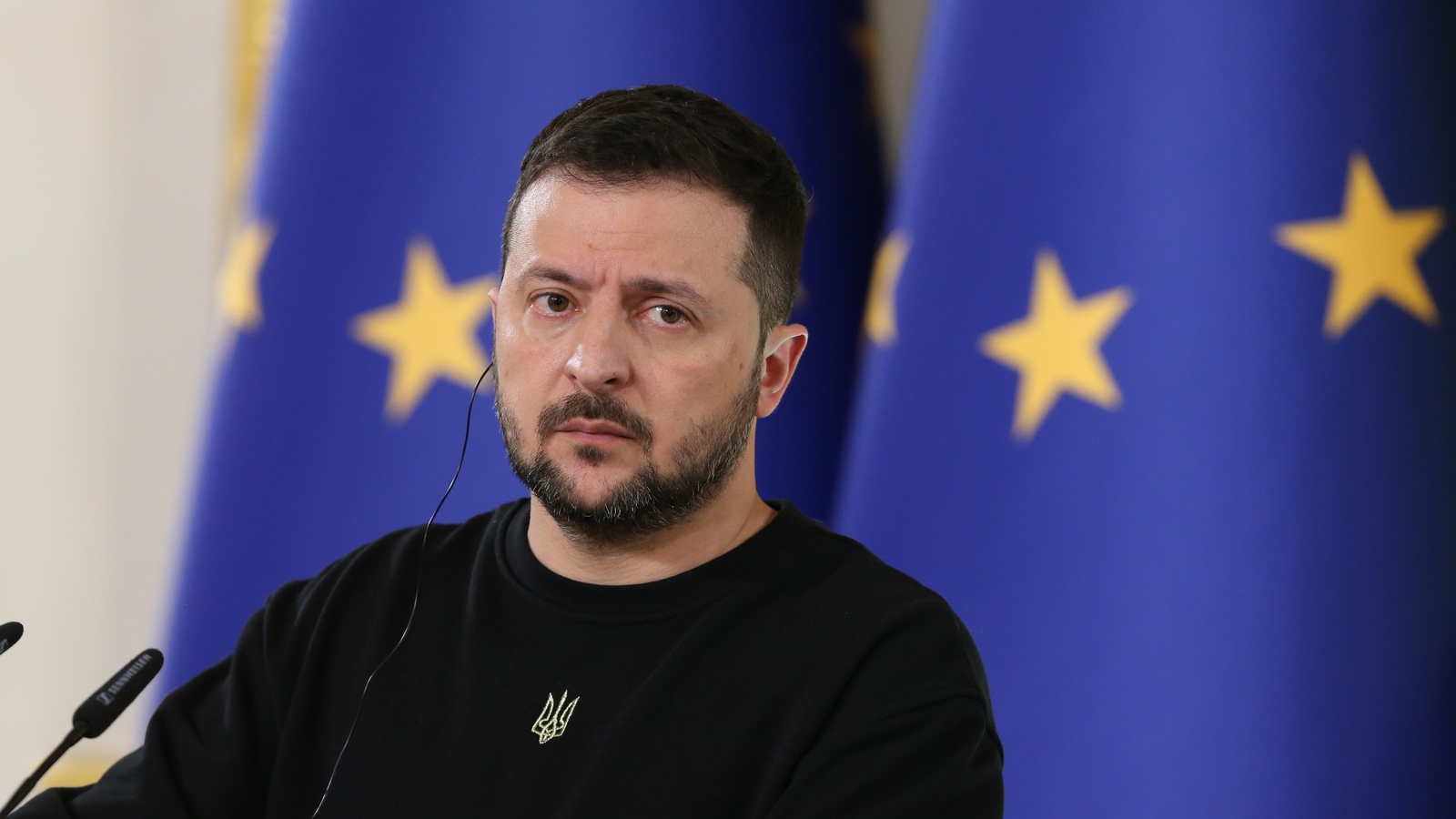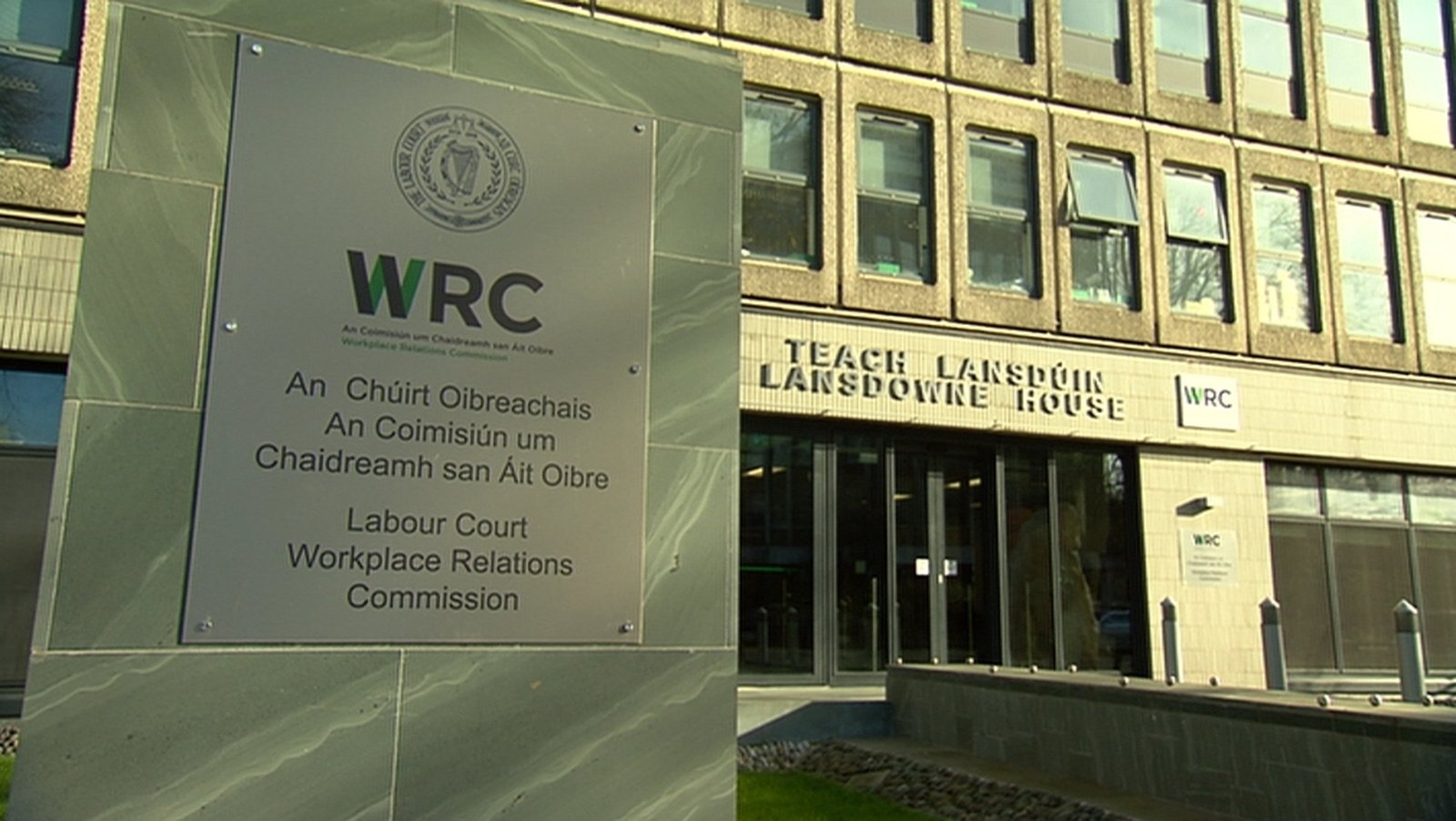Foresters say targets not achievable under programme

Ecological conditions attached to the new forestry programme are preventing landowners from planting trees according to foresters who carry out the work.
Foresters say vast areas of the country are no longer eligible for planting, and Ireland’s targets cannot be met.
The Minister of State at the Department of Agriculture, Food and the Marine, Senator Pippa Hackett has established a working group that will review problems with the programme.
Last year the Government announced the Forestry Programme 2023-2027 with a budget of €1.3 billion euro, aimed at boosting forestry plantation in Ireland.
With improved establishment grants and 20 years of tax free premium payments for farmers, it was hoped that Ireland’s annual 8,000-hectare target might finally be met.
Foresters now say it is not achievable.
Padraic Egan is a forester based in Co Roscommon, and also National Secretary of SEEFA, the association of private foresters.
He and his colleagues say the new forestry programme is not working, due to many new restrictions on where trees can be planted.

“90% of the traditional area where you would see planting is ruled out. Anywhere with greater than 30cm of peat is ruled out, and other restrictions have been introduced” he said.
As he stands among four-year-old trees he planted in Creggs Co Roscommon, Padraic says that plantation would never have gotten a licence from the Department under the new rules.
“The new scheme with all its regulations and conditions would rule this out. This is happening right across the country because of peat and other conditions.”
Those ecological conditions state trees cannot be planted in deep peat as that produces more carbon than is sequestered, and new forestry is exclueded close to sensitive habitats, such as curlew breeding grounds, and areas where pearl mussels are protected.
Setbacks requirements from land and water features have also increased, and archaeological sites must be protected.
The forester says landowners are now hesitant to even make an application, when they realise they may not be successful.
“When a farmer comes to us and wants to plant land it will probably cost €2,000 or €3,000 to do an application, especially when we bring in professionals to do surveys; it could be ecologists, ornithologists for the birds, hydrologists or archaeologists.
“There is a grant there to pay for that if you get approval. So you take the gamble you will get it back if approved.”
Minister of State Pippa Hackett has defended the programme and the rules that have been introduced.
“We have to be deliberate in how we plant trees.
“It’s fair to say the way we planted in the past had some detrimental impacts on our natural environment, water courses, habitats and communities.

“So there are certain conditions attached to the forestry programme we need to adhere to,” she said.
“I’ve succeeded in getting €1.3 billion euro of taxpayers money which the taxpayer wants to see go to farmers to support them to plant trees.
“They’re going to get 20 years of tax free income, and also tax free income from the wood produced so I really would advise any farmer interested in forestry to look at the programme.
“Ireland currently has a really low level of tree planting, one of the lowest in Europe and we have targets from a climate perspective. Ultimately we have to get trees in the ground.”
Irelands annual planting target laid out in the Climate Action Plan is 8,000 hectares of afforestation.
Last year only 1,600 hectares were planted.
Padraic Egan of SEEFA said there is no possibility of meeting the target with the current progamme.
In what some will perceive as an acknowledgement there are issue with the forestry progamme the Department is now establishing an Afforestation Working Group, membership of which will include SEEFA, to discuss delivery of the new programme, and identifying and finding solutions affecting it.
The group will meet four times a year.
Minister Hackett said: “I’ve been very open with stakeholders and am glad SEEFA are going to form part of the working group to tease out some of these issues and discuss how the interpretation of conditions can be looked at, and I hope we can find workable solutions.”
“Its going to be a challenge [planting 8,000 hectares a year], I’ll be honest but it is possible with proper engagement and renewed confidence in the sector. We did it in the the past and we’ll do it in the future.”





